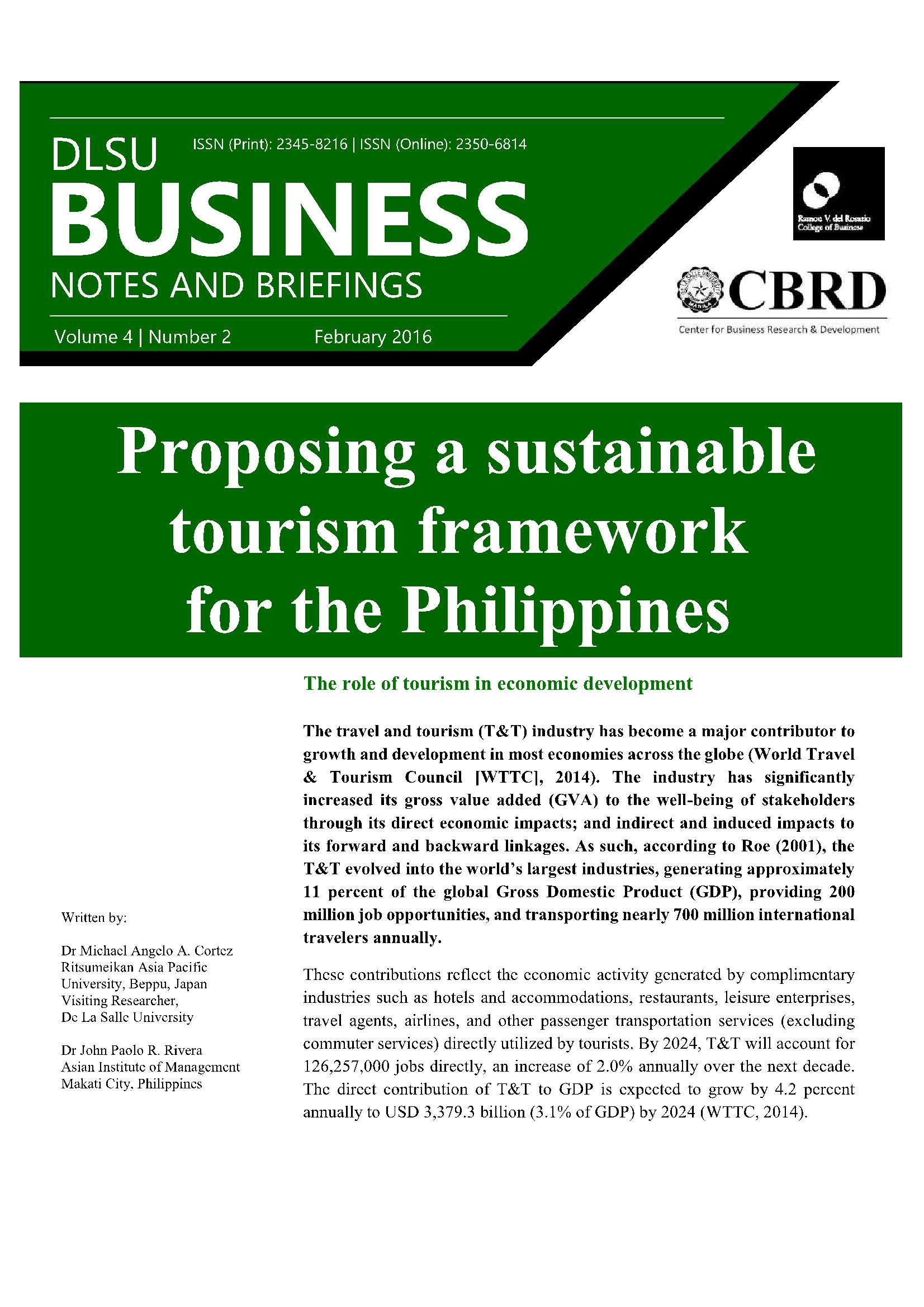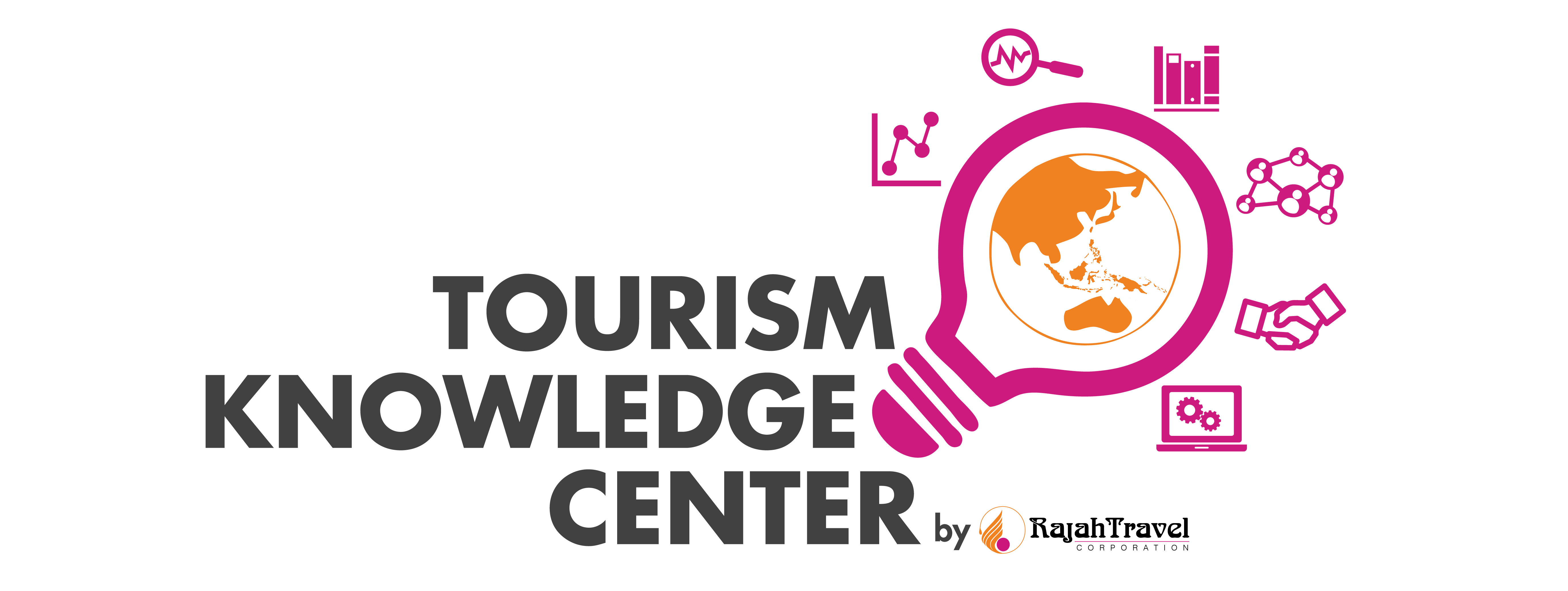
February 2016
Proposing a sustainable tourism framework for the Philippines
The travel and tourism (T&T) industry has become a major contributor to growth and development in most economies across the globe (World Travel & Tourism Council [WTTC], 2014). The industry has significantly increased its gross value added (GVA) to the well-being of stakeholders through its direct economic impacts; and indirect and induced impacts to its forward and backward linkages. As such, according to Roe (2001), the T&T evolved into the world’s largest industries, generating approximately 11 percent of the global Gross Domestic Product (GDP), providing 200 million job opportunities, and transporting nearly 700 million international travelers annually.
These contributions reflect the economic activity generated by complimentary industries such as hotels and accommodations, restaurants, leisure enterprises, travel agents, airlines, and other passenger transportation services (excluding commuter services) directly utilized by tourists. By 2024, T&T will account for 126,257,000 jobs directly, an increase of 2.0% annually over the next decade. The direct contribution of T&T to GDP is expected to grow by 4.2 percent annually to USD 3,379.3 billion (3.1% of GDP) by 2024 (WTTC, 2014).
Given the abovementioned macroeconomic perspectives of tourism, we look into the stakeholders in the tourism sector following the work of Bjork (2000) and map the framework of key players – authorities, businesses, communities and tourists, with particular emphasis to the Philippines. Given the economic and social structures in the country, we propose a sustainable tourism framework based on the active interaction and roles of the key players.
